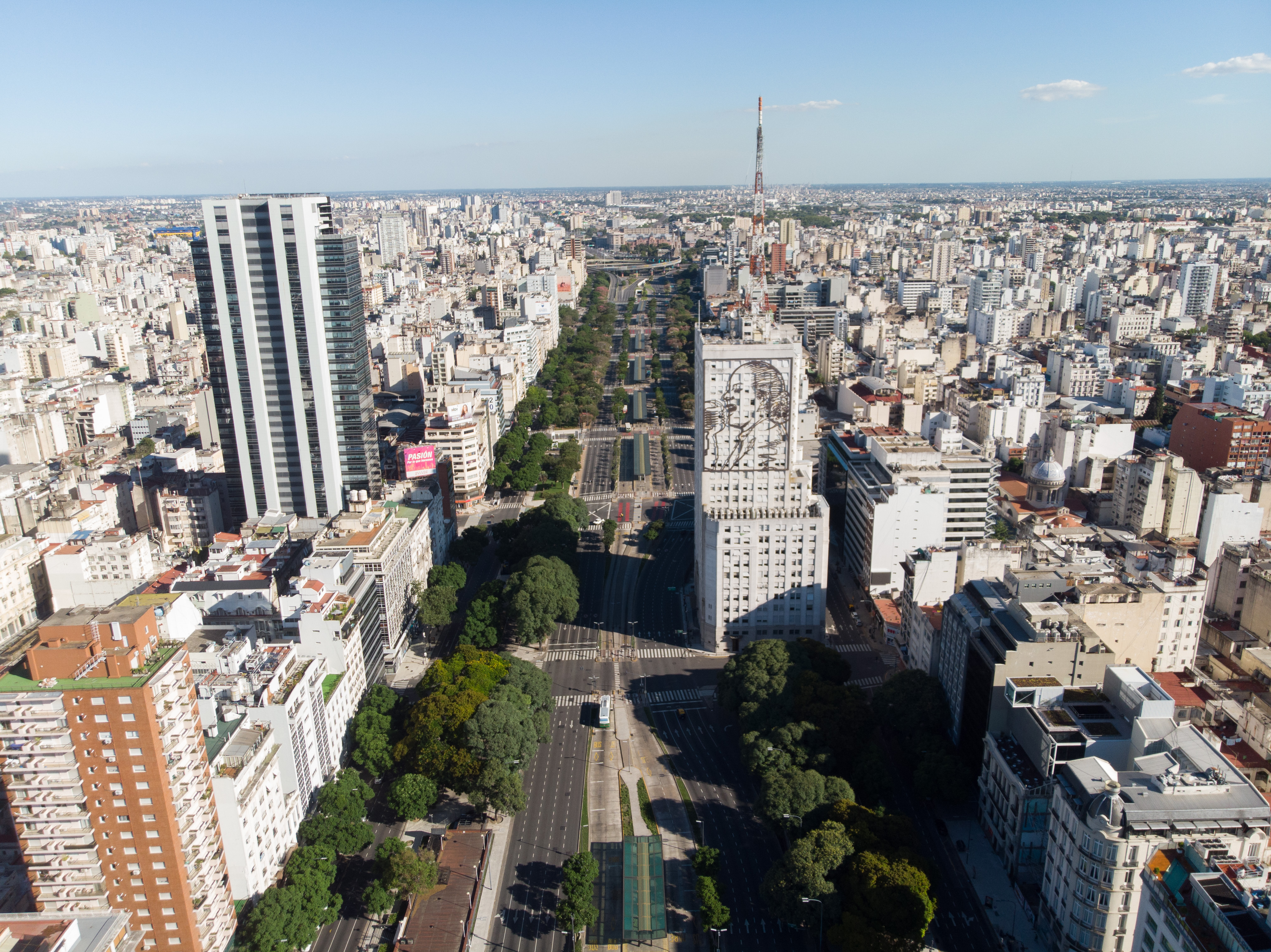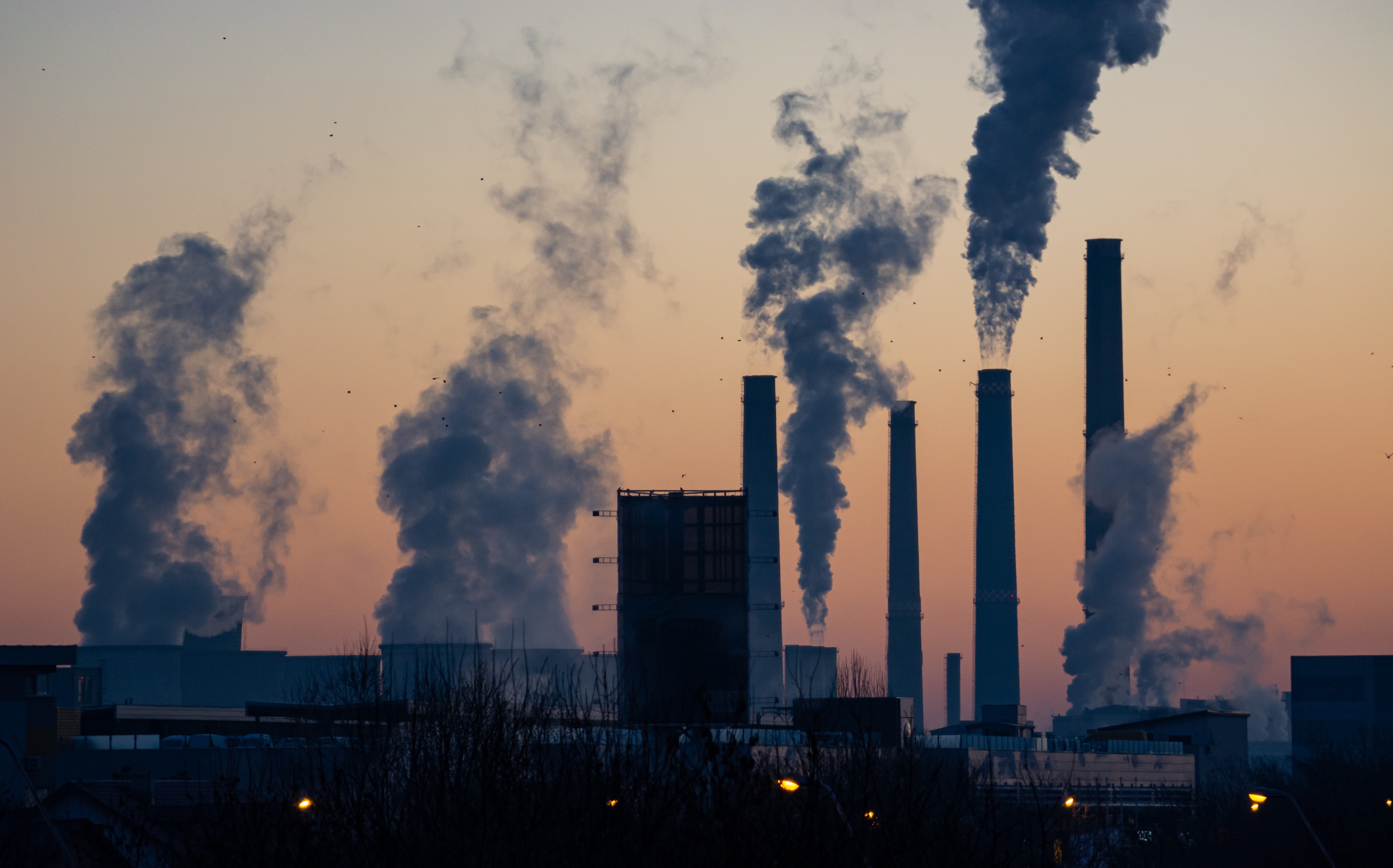
Sciences & Technology
Don’t blame nature for the disasters we’ve created

COVID-19’s hit to the global economy is cutting air pollution, but the eventual recovery could leave our environment worse off and further behind in reducing emissions
Published 30 March 2020
Air pollution around the world is dropping as countries scale back economic activity in the wake of the COVID-19 pandemic.
As far as the environment and our health is concerned, this is a good thing, but only in the very short term. A subsequent emissions surge as economies recover is likely to leave the environment worse off.

The current fall in air pollution is observable from space – the main way that scientists have been able to track it.
Space agencies maintain a host of earth-observing satellites. They measure the most important trace gases in our air, often at parts per billion concentrations. This provides us with crucial data on the thin blue atmospheric shell that sustains life on our planet.

Sciences & Technology
Don’t blame nature for the disasters we’ve created
Satellite observations help us to track pollutants like nitrogen dioxide (NO₂) that indicate areas of unhealthy air, as well as levels of greenhouse gases carbon dioxide (CO₂) and methane (CH₄) that are driving global warming.
Traces of other compounds can indicate forest fires or plant activity – plants emit carbon-based volatile organic compounds as signals to other plants, as well as to attract pollinators or ward off harmful insects and parasites.
Earth-observing satellites make measurements spectroscopically – they measure small changes in the light travelling through our atmosphere at very particular colours, or wavelengths. These characteristic wavelengths, from the ultraviolet to the infrared, act as “fingerprints” for different molecules.
These satellites are a key component of global efforts to tackle air pollution. Unlike national ground-based sensors, they provide uniform cross-border data. This data is essential for scientists trying to work out the best ways to improve air quality.
We also use it to test and improve our models of atmospheric chemistry. These models then let us predict how our atmosphere will respond to changes in different emissions.

Health & Medicine
COVID-19 can reframe health politics
On March 1 2020 NASA and the European Space Agency released data from the TROPOMI spectrometer on the Sentinel-5 satellite showing that February NO₂ levels over China were unusually low. Levels of this pollutant have since increased but remained lower than usual into March. A similar trend in NO₂ over Italy has also now been seen.
The NO₂ in our air is almost entirely from combustion. When coal and wood burn, nitrogen trapped in the fuel is oxidised as NO₂. Cars and trucks make NO₂ in their engines when they break down nitrogen in the air at extremely high temperatures. A drop in atmospheric NO₂ therefore tells us that fuel burning has decreased.
Tracking global NO₂ levels from space also provides a measure of how COVID-19 is impacting industrial and economic activity.
NO₂ is an irritant to our lungs and gives smog its brown colour. Its main significance however is that it helps make ozone and air-borne particles, two of the most harmful air pollutants. Ozone damages our lungs and crops. Fine particles – tiny particulate matter of 2.5 microns (PM2.5) or less in size – end up deep in our lungs and can enter our bloodstream.
By combining satellite observations with atmospheric modelling, the European Union’s Earth observation programme, Copernicus, has now shown that PM2.5 levels over China for February were substantially lower than for the previous three years.

Environment
Taking steps to cut your nitrogen footprint
Air pollution causes acute respiratory issues like asthma as well as long-term diseases that include stroke, heart disease, and cancer. The World Health Organization estimates that air pollution is responsible for seven million deaths annually.
Because air pollution compromises our respiratory system, it has been suggested that poor air quality also makes people’s lungs more susceptible to the effects of COVID-19.
An important and encouraging lesson here is that many air pollutants disappear quickly. When we remove the sources of pollution, unhealthy air clears up almost overnight. This immediate feedback on the air we breathe highlights a major benefit of switching to clean energy sources.
Big events like the COVID-19 pandemic provide important scientific information on the impacts of air pollution.
Improved air quality during the 2008 Beijing Olympics was used to show that air pollution was linked to poor cardiovascular health and low birth weight. The grounding of flight traffic across the US following the September 11 terrorist attacks helped to unravel the effect of jet aircraft contrails on climate.

As global economic activity slows we can also expect a drop in CO₂ emissions. The problem is that unlike many other air pollutants, CO₂ exists in the atmosphere for a long time – around a hundred years. That means a short-term drop in emissions won’t cause a decrease in its atmospheric concentration.
Although air pollution is dropping right now, in the longer-term COVID-19 may ultimately be bad news for the environment. During the global financial crisis, a brief drop in greenhouse gas emissions was more than offset by a sharp rebound in pollution as the world economy recovered.

Sciences & Technology
Keeping aged care residents connected
A weak global economy also threatens investment in renewable energy sources, particularly given the availability of cheap oil.
There is also a risk that environmental policies will be relaxed during this time of crisis, as is already starting to happen in the US. Enforcement may also become more difficult.
If the present crisis isn’t seen as an opportunity for widespread structural change, we won’t be breathing easier for long.
Our environment may end up in even worse shape than ever.
Banner: Aerial view of empty roads and bridges in Wuhan, China, on February 3, 2020 during the COVID-19 pandemic. Getty Images